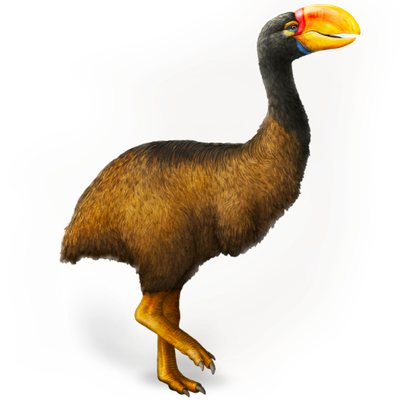Your search returned 28 results
By Page Type
By Tag
- All
- fish (966)
- blog (696)
- fishes of sydney harbour (401)
- First Nations (299)
- Blog (236)
- AMRI (169)
- archives (164)
- Eureka Prizes (146)
- Aboriginal and Torres Strait Islander (135)
- insect (126)
- Ichthyology (124)
- geoscience (109)
- minerals (102)
- climate change (100)
- podcast (94)
- Fish (91)
- Anthropology (89)
- International collections (80)
- Minerals Gallery (78)
- wildlife of sydney (78)
- Labridae (77)
- frog (74)
- gemstone (70)
- history (64)
- photography (64)
- Mollusca (60)
- gem (59)
- staff (59)
- Birds (56)
- Gems (56)
- Indonesia (56)
- education (56)
- shark (55)
- AMplify (54)
- people (53)
- earth sciences (50)
- past exhibitions (50)
- exhibition (49)
- Gobiidae (48)
- sustainability (46)
- Pomacentridae (45)
- Serranidae (44)
- lifelong learning (42)
- science (42)
- Earth and Environmental Science (41)
- Syngnathidae (41)
- Ancient Egypt (40)
- Bali (40)
- bird (40)
- dangerous australians (40)
-
Fossils in Murgon, QLD
https://australian.museum/learn/australia-over-time/fossils/sites/murgon/Murgon is significant as the only site in Australia that records a diverse vertebrate fauna dating from the early Tertiary Period (55 million years ago), approximately ten million years after the extinction of the dinosaurs.
-
Common Fossils of the Sydney Basin
https://australian.museum/learn/australia-over-time/fossils/sites/common-fossils-of-the-sydney-basin/The Sydney region, extending from Wollongong to Newcastle and Lithgow, is part of a large geological feature called the Sydney Basin.
-
What are conodonts?
https://australian.museum/learn/australia-over-time/fossils/what-are-conodonts/What conodonts were remained a mystery for many years. These microfossils were variously thought to belong to annelid worms, arthropods, molluscs, chaetognaths (marine worms), fish (as teeth), and even plants. The discovery of an articulated 'conodont animal' was a significant breakthrough.
-
Preparing fossils, reconstructing the past
https://australian.museum/learn/australia-over-time/fossils/preparing-fossils-reconstructing-the-past/The very early stages of piecing together the animals and plants of the past involve removing their fossils from the rock and preserving them for study.
-
Fossil sites near Sydney
https://australian.museum/learn/australia-over-time/fossils/sites/fossil-sites-near-sydney/Fossils have been found at many sites near Sydney. Some of these are no longer accessible but coastal exposures still give the amateur collector ample chance of finding good fossils.
-
How are fossils found and excavated?
https://australian.museum/learn/australia-over-time/fossils/how-are-fossils-found/Finding fossils is a combination of hard work, chance and knowing where to look! Fossils are mostly found where sedimentary rocks of the right age are exposed, such as river valleys, cliffs and hillsides, and human-made exposures such as quarries and road cuttings.
-
New acquisition: A nest of new spider fossils
https://australian.museum/learn/news/blog/New-acquisition-A-nest-of-new-spider-fossils/Only four fossil spiders had ever been found across the entire continent. Until now.
-
What are some Australian dinosaurs?
https://australian.museum/learn/teachers/learning/australian-dinosaurs/Download a series of posters and learn about the dinosaurs that once roamed Australia.
-
Discover more
2025 Australian Geographic Nature Photographer of the Year
Special exhibition
Free entry
Now open -
Discover more
Unfinished Business
Special exhibition
Free entry
Now open -
Find out more
Surviving Australia
Permanent exhibition
Free entry
Now open![]()
-
Find out more
Burra
Permanent kids learning space
Free entry
10am - 4.30pm![]()
-
Discover more
Minerals
Permanent exhibition
Free entry
Open daily![]()





